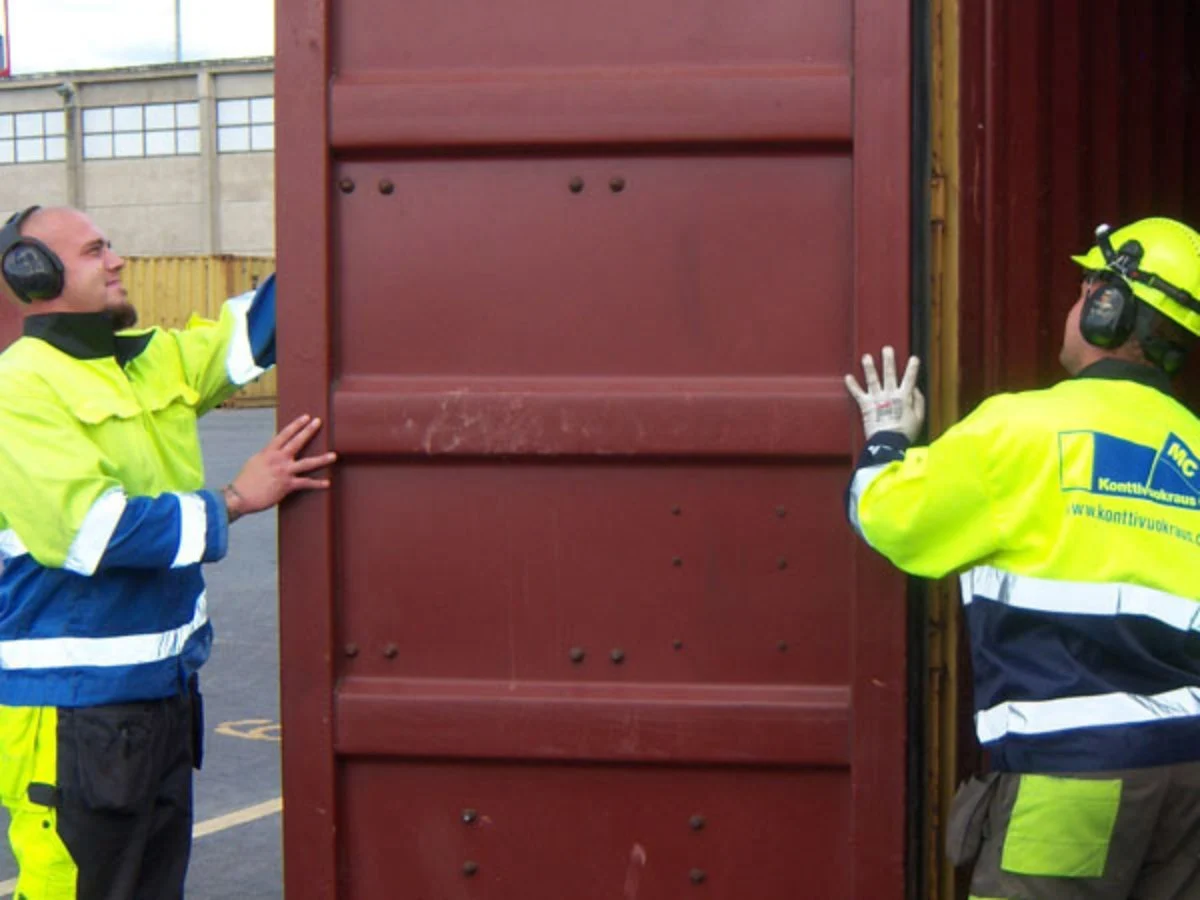Introduction:
Shipping containers are robust structures designed for durability, but like any investment, they require proper maintenance to ensure their longevity. In this guide, we explore the essential tips and practices for effective container maintenance, helping you protect your investment and extend the lifespan of these versatile structures.
Understanding the Basics: Container Construction and Materials
Provide an overview of common container materials (typically steel) and their susceptibility to rust and corrosion. Understanding the basics of container construction sets the foundation for effective maintenance practices.
Routine Inspections: The First Line of Defence
Highlight the importance of regular inspections to identify potential issues early on. Discuss key areas to inspect, including the container’s exterior, roof, flooring, and locking mechanisms. Emphasise the role of routine checks in preventing small problems from becoming major issues.
Cleaning and Surface Maintenance: Warding Off Rust
Offer practical tips for cleaning and maintaining the exterior surfaces of containers. Discuss the impact of salt, dirt, and other contaminants on container surfaces, and provide guidance on proper cleaning methods to prevent rust and corrosion.
Protective Coatings and Paint: Shielding Against the Elements
Explore the benefits of applying protective coatings and paint to container exteriors. Discuss the types of coatings available, such as anti-corrosion paints, and explain how these coatings serve as a barrier against environmental elements.
Ventilation and Moisture Control: Combatting Internal Issues
Address the importance of proper ventilation to prevent condensation and moisture buildup inside the container. Explore solutions such as ventilation systems, desiccants, and insulation to control internal humidity levels.
Handling Dents and Repairs: Restoring Structural Integrity
Provide guidance on addressing dents and minor damages to the container’s structure. Discuss when professional repairs may be necessary and how to address small damages promptly to prevent further deterioration.
Pest Control Measures: Protecting Against Unwanted Guests
Discuss common pests that can impact containers, such as rodents and insects. Provide tips for implementing pest control measures, including sealing entry points and using appropriate pesticides or repellents.
Lubrication for Moving Parts: Keeping Things Running Smoothly
Emphasize the importance of lubricating moving parts, such as door hinges and locking mechanisms, to ensure smooth operation. Discuss suitable lubricants and the frequency of application.
Weather-Proofing Strategies: Preparing for Extreme Conditions
Offer tips on preparing containers for extreme weather conditions, including hurricanes, heavy snowfall, or intense heat. Discuss proactive measures such as securing containers and reinforcing them against potential weather-related damages.
Documentation and Record-Keeping: Building a Maintenance History
Stress the importance of maintaining a comprehensive maintenance history for each container. Discuss how proper documentation can aid in identifying patterns, tracking repairs, and planning for future maintenance needs.
Conclusion:
Effective container maintenance is the key to unlocking the full lifespan and potential of these durable structures. By implementing the tips outlined in this guide, you can ensure that your containers remain resilient against the elements and continue to serve their intended purpose for years to come.
 عربي
عربي